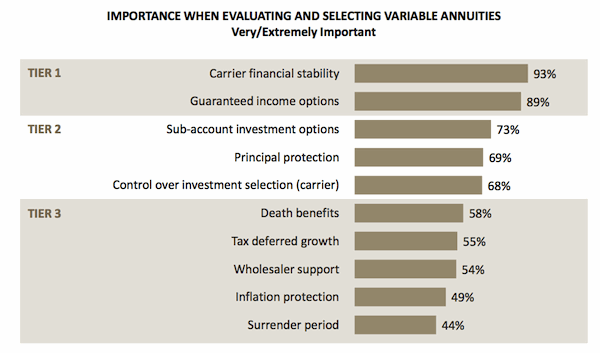
The “Evolution of the Annuity Industry”
Like the Ford Mustang in 1965, the variable annuity with a lifetime income rider seemed like the right Boomer product at the right time in 2006. Then came the Crisis. A new survey by Cogent Research and the Insured Retirement Institute looks at where the VA is today and where it's headed.



